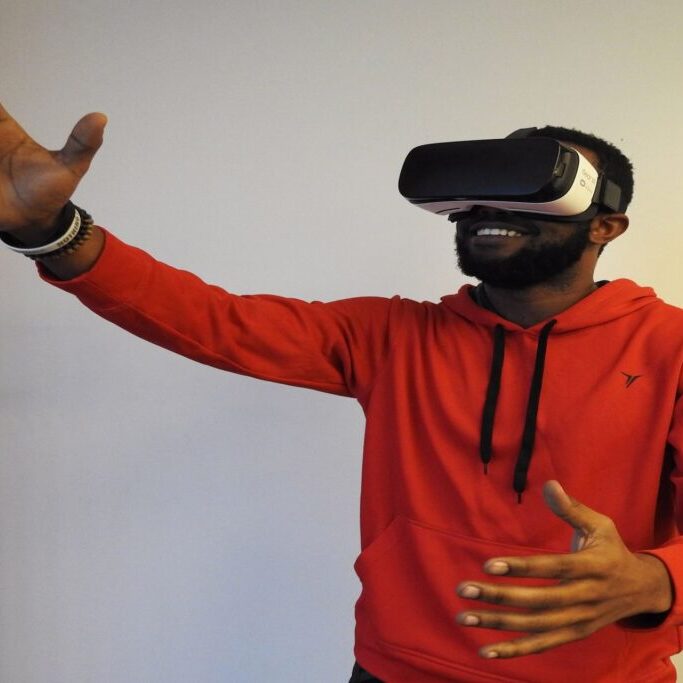We’ve come a long way in the world of women’s rights in the workplace. The stereotypical 1950’s housewife is optional rather than obligatory. Women make up nearly half of the workforce, but 2020 and the global pandemic has thrown a wrench in a lot of plans. The women’s workforce amid COVID has taken an unfortunate turn.
How has COVID set back the woman’s workforce? When can we expect things to start going back to normal, and can we expect a woman’s place in the workforce to recover?
A Blow to the Child Care Sector
The global pandemic has impacted nearly every sector across the globe, but it hit some harder than others. Childcare is already disproportionately expensive, exceeding the federal definition of affordability in most states. When schools and daycare centers shut down to try and prevent the spread of the virus, they left parents scrambling to find care options. This is where you start to see the divide between the sexes.
More than four times the number of women dropped out of the workforce than men. They left to take care of their families when school and child care was no longer an option, but a disproportionate number of working women took up the role of homemaker again when things started going badly. Many are
Disproportionate Impacts Across Industries
Schools aren’t the only thing social distancing and other COVID precautions have affected. Any industry that relied on in-person interactions has ground to a halt That includes the sex work industry, even though that’s one that many people would prefer to forget about. The oldest profession has taken to the internet, through sites like Only Fans and Chaturbate, but it’s been directly targeted — or rather ignored — by COVID stimulus packages.
In fact, the details of the CARES act — the first COVID stimulus package — specifically refused to help anyone who “presents live performances of a prurient sexual nature.” The new HEALS act that has stalled in Congress for months contains the same stipulation. While there are men in the sex industry, this is another industry women predominantly dominate and men consume. The generally prudish nature of the United States means that there are very few studies on the demographics of sex work in the country, but the fact that the US government sees fit to exclude sex workers from their help speaks volumes.
COVID Isn’t Just Affecting Physical Health
The coronavirus pandemic has made us primarily focus on our physical health as we assess ourselves for symptoms and protect ourselves from exposure. It isn’t the only thing that we need to worry about, however. This pandemic is also having a negative effect on our mental health. Because this sector is another with a divide between men and women, it’s another area where the women’s workforce and COVID have widened existing gaps.
According to a study early in the year, 49% of women reported that COVID has disrupted their lives, over 40% of men.
COVID has indefinitely afflicted public health, but even more so for women. The fact remains that a much higher number of women find themselves affected by this pandemic, even if they don’t find themselves directly infected by the virus.
For instance, women are much more likely to suffer from depression than men, and more middle-aged individuals have an increased risk of mental health issues. Coupled with work isolation and domestic violence, this population is at a higher risk of feeling physically and mentally trapped than ever before.
In addition to many other setbacks, a majority of middle-aged and young women are likely to be mentally hurt by the pandemic. According to the United Nations, this disproportionate crisis has called even more attention to womens’ physical and mental health stressors at home and at work.
Balancing Socioeconomic Challenges
The coronavirus has impacted individuals from all walks of life, but there are many demographics that find themselves more susceptible to the impacts of this virus. Studies are showing that the pandemic also affects an individual’s socioeconomic status today. Women in lower-income households, especially women of color, are more likely to experience severely negative economic impacts as a direct result of this pandemic. Many of these lower-income jobs are essential, meaning more potential for exposure and higher rates of infection in these demographics.
Even testing studies even leave out women of color and pregnant women, despite them being more vulnerable to the virus than other groups. The vaccines that the biggest companies in the world are rushing to complete haven’t been tested on pregnant women. How can you hope to protect the most vulnerable parts of our population with a vaccine that hasn’t been proven safe to help them?
The COVID-19 pandemic has also widened the existing digital divide in the U.S. As we rely more on technology, not having access to technology becomes a bigger socioeconomic differentiator.
Looking Toward the Future
At this point, we’re all looking forward to a COVID-free future, but we’re still in the midst of a global pandemic. We need to take steps to protect all of the vulnerable populations, and to protect the working women who’ve found their lives upended by this historic event. By learning from the effects on the women’s workforce from COVID, the nation can build toward a fairer future.
Recent Stories
Follow Us On
Get the latest tech stories and news in seconds!
Sign up for our newsletter below to receive updates about technology trends














